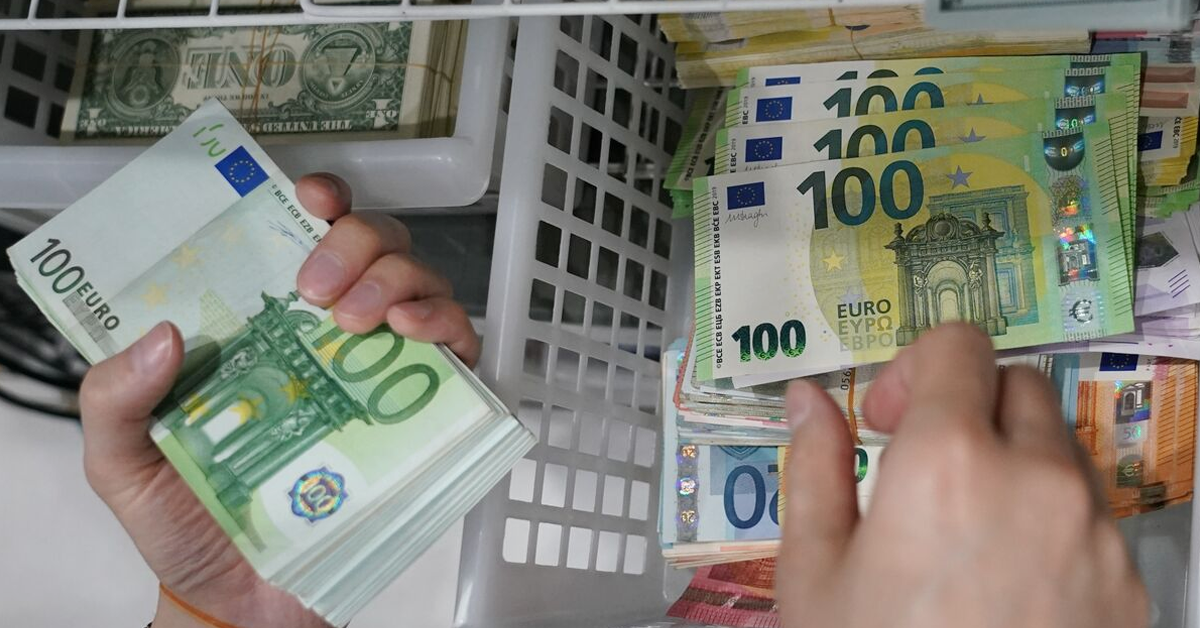EUR/USD Nears 1.0750 as Risk Appetite Rebounds
The EUR/USD pair continued its upward momentum, marking a third consecutive day of gains as it hovered around the 1.0730 level during Friday’s Asian session. This surge in the currency pair was fueled by a resurgence in risk appetite, particularly favoring risk-sensitive currencies such as the Euro. Investors found reassurance in the stabilizing risk sentiment, which preceded the eagerly awaited release of US Nonfarm Payrolls (NFP) data.
The upcoming NFP report for April is anticipated to reveal a reading of 243K, compared to the previous figure of 303K. Additionally, market attention is also focused on the release of Average Hourly Earnings and ISM Services PMI later in the day. These data releases are expected to provide further insights into the current state of the United States economy, influencing market sentiment and trading dynamics.
In the backdrop of these developments, Thursday’s release of US Initial Jobless Claims data for the week ending April 26 showcased no change from the previous week, holding steady at 208K. This figure, which stands as the lowest level in two months and notably below market expectations of 212K, could potentially afford the Federal Reserve greater flexibility in delaying interest rate cuts.
Shifting focus to productivity metrics, US Nonfarm Productivity exhibited a modest increase of 0.3% in the first quarter, following an upwardly revised 3.5% surge in the preceding quarter. However, this growth fell short of the anticipated 0.8% rise, marking the slowest pace of productivity expansion since the January-March quarter of 2023.
Meanwhile, in the Eurozone, Philip Lane, the Chief Economist of the European Central Bank (ECB), delivered insights during a virtual guest lecture at the University of Stanford. Lane highlighted that while inflation has decreased more rapidly than initially foreseen by the ECB, the transmission of policy effects is experiencing delays. He emphasized the ongoing unfolding of the tightening impacts from previous rate hikes, reaffirming the ECB’s commitment to a data-dependent approach rather than a rigid rate trajectory.











